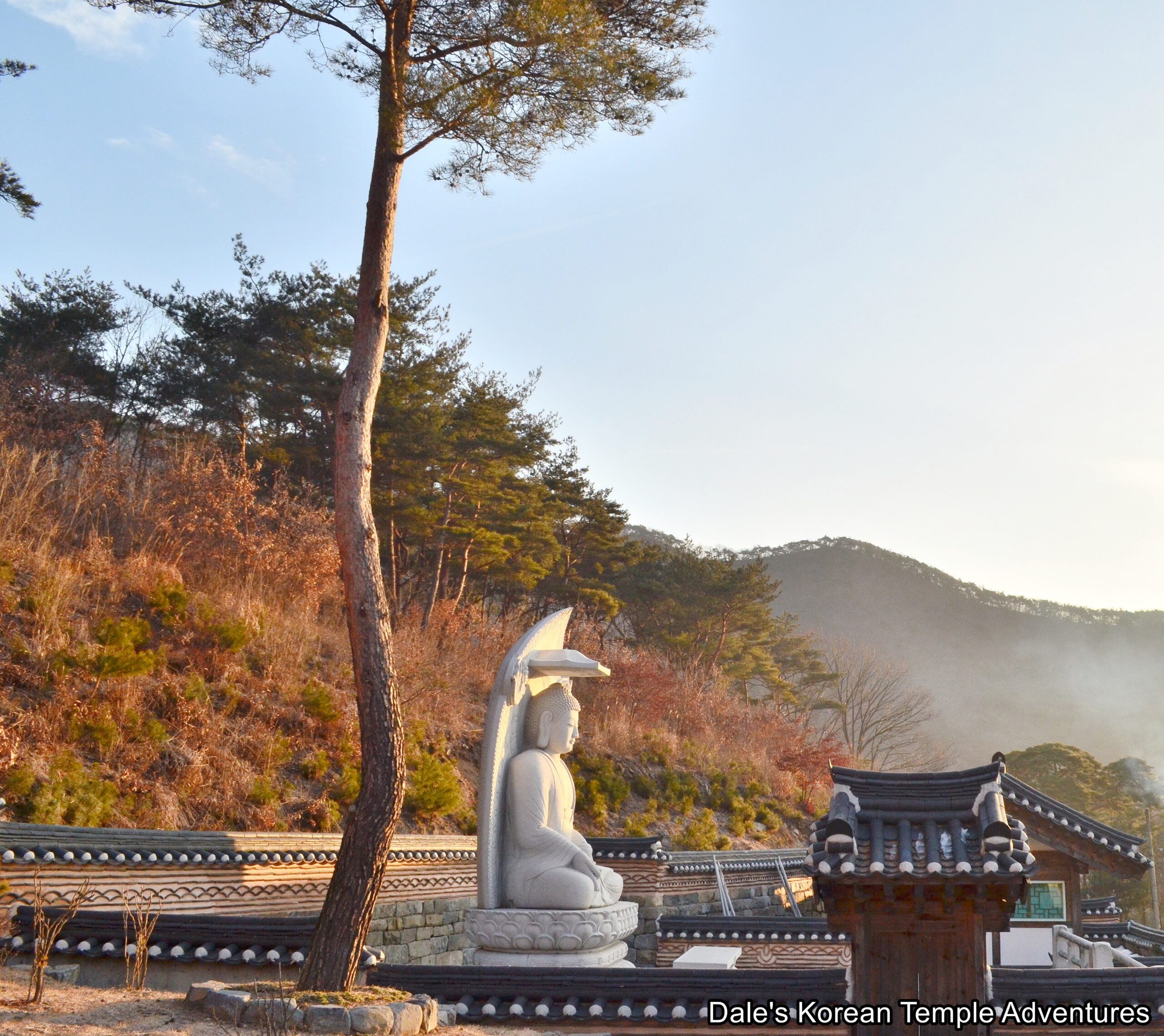
Hermitage History
Mujinam Hermitage is located in western Buyeo, Chungcheongnam-do in the southern foothills of Mt. Mansusan (575 m). Additionally, the Mujinam Hermitage is directly associated with Muryangsa Temple and located just to the south of the main temple. Like the neighbouring Muryangsa Temple, Mujinam Hermitage was first built during Unified Silla (668-935 A.D.) by Beomil-guksa (810-889 A.D.). Eventually, the hermitage would be destroyed during the Imjin War (1592-98) only to be rebuilt during the reign of King Injo of Joseon (r. 1623-1649). In more recent years, the hermitage has become a nunnery for Buddhist nuns.
Hermitage Layout
As you first approach the hermitage, you’ll be welcomed to the grounds by a dozen stupas. It’s just past this budowon, as well as the nuns’ dorms, that you’ll finally enter the compact courtyard at Mujinam Hermitage.
Slightly to the right, you’ll immediately notice the Daeung-jeon Hall with a modern three-story stone pagoda out in front of it. The base of the pagoda is adorned with various Buddhist iconography that includes the Four Heavenly Kings, four lions, and Bodhisattvas. The body of the pagoda is simple with its upturned roof stones, and the finial is wonderfully ornate.
As for the Daeung-jeon Hall that backs this pagoda, the exterior walls are adorned in simple Palsang-do (The Eight Scenes from the Buddha’s Life Murals), as well as paintings of the Four Heavenly Kings. And near the front entry of the main hall, you’ll find a pair of large, ornamental dragons near the signboard to the shrine hall. Stepping inside the Daeung-jeon Hall, you’ll find a triad of statues under the main hall. The central image is that of Seokgamoni-bul (The Historical Buddha), who is joined on either side by Gwanseeum-bosal (The Bodhisattva of Compassion) and Jijang-bosal (The Bodhisattva of the Afterlife). The triad rests on the main altar under a large, golden canopy. The first painting directly to the right of the main altar is a golden Chilseong (Seven Stars) mural. It’s joined on the far right wall by an equally golden Shinjung Taenghwa (Guardian Mural). Both are quite original in their compositions.
To the right rear of the Daeung-jeon Hall, you’ll find an outdoor shrine with a beautiful modern statue dedicated to Yaksayeorae-bul (The Buddha of Medicine, and the Buddha of the Eastern Paradise). Rather interestingly, there’s a stone roof-like structure over the head of Yaksayeorae-bul with a lotus flower relief on its underside. And on either side of the statue’s head are two Bicheon (Flying Heavenly Deities) reliefs. As for the mandorla that surrounds the statues entire body, there are fiery reliefs etched onto it.
And to the left rear of the Daeung-jeon Hall, you’ll find an unpainted Sanshin/Dokseong-gak Hall. Stepping inside this shaman shrine hall, you’ll see two murals: one dedicated to Sanshin (The Mountain Spirit) and the other to Dokseong (The Lonely Saint). Both shaman deities are wearing beautiful gold clothes, as are the dongja (attendants) that stand near them. In addition to these golden paintings, there is a nice wooden statue dedicated to Sanshin out in front of the mural dedicated to the Mountain Spirit.
How To Get There
To get to Mujinam Hermitage, you’ll first need to head in the direction of Muryangsa Temple. From the Buyeo Intercity Bus Terminal, you’ll need to head left out the exit and continue to walk towards the big street. After crossing the road, take Bus #127 from the Buyeo Market Bus Stop. Then, at the Muryang Village Bus Stop, which is 37 stops away, get off and walk towards Muryangsa Temple. However, before arriving at the larger Muryangsa Temple, hang a left for about 200 metres before arriving at the temple to get to Mujinam Hermitage.
Overall Rating: 3.5/10
While small in size, there are a few highlights to Mujinam Hermitage. One of these highlights is all the gold clothing of the various shaman deities found in all the murals at the hermitage. Also, the masterful stone statue of Yaksayore-bul, as well as the hermitage’s modern three-story pagoda, are something to have a closer look at while visiting this hermitage. And in combination with the neighbouring Muryangsa Temple, a trip to Mujinam Hermitage can make for a nice little day trip.
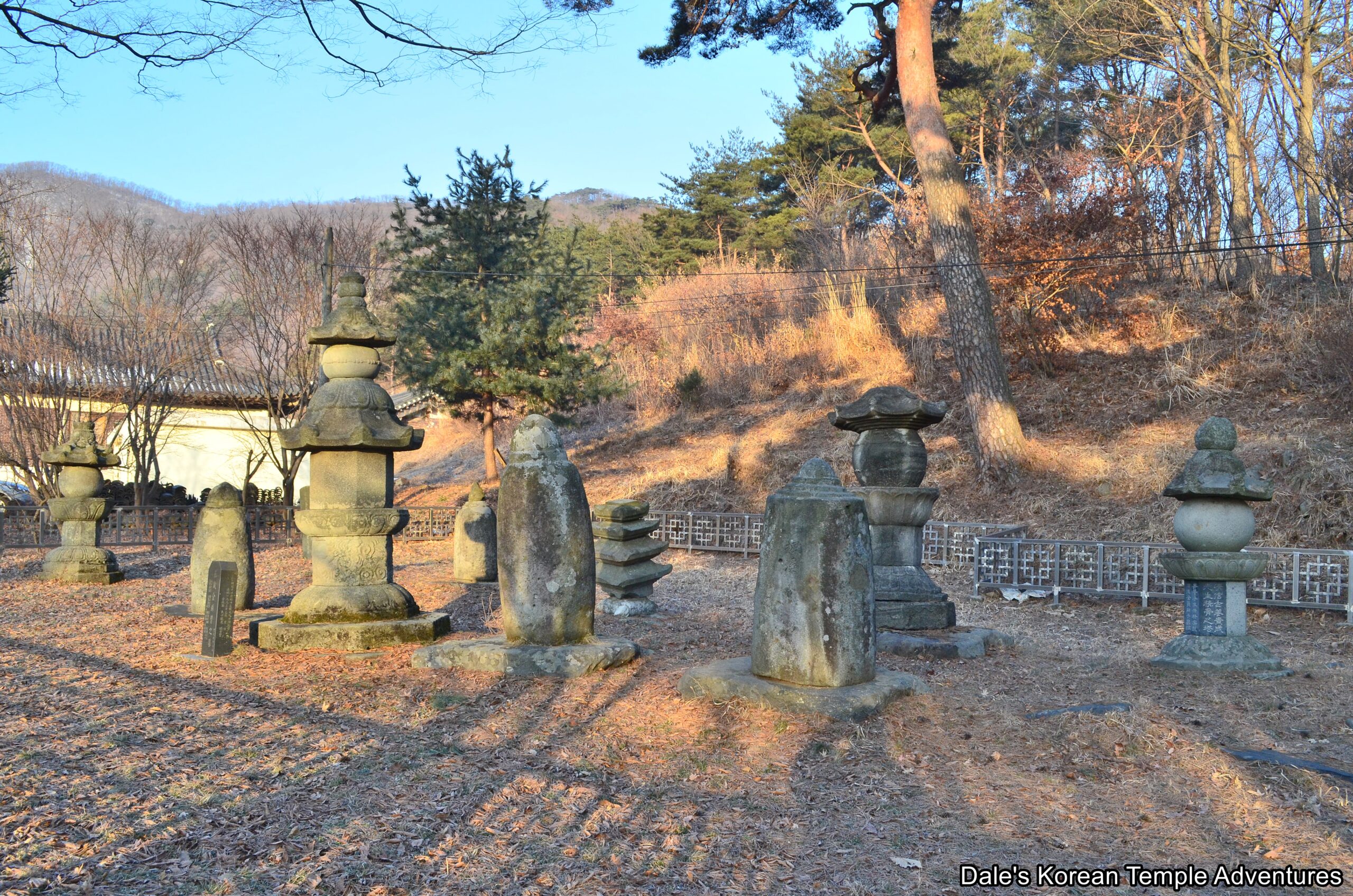
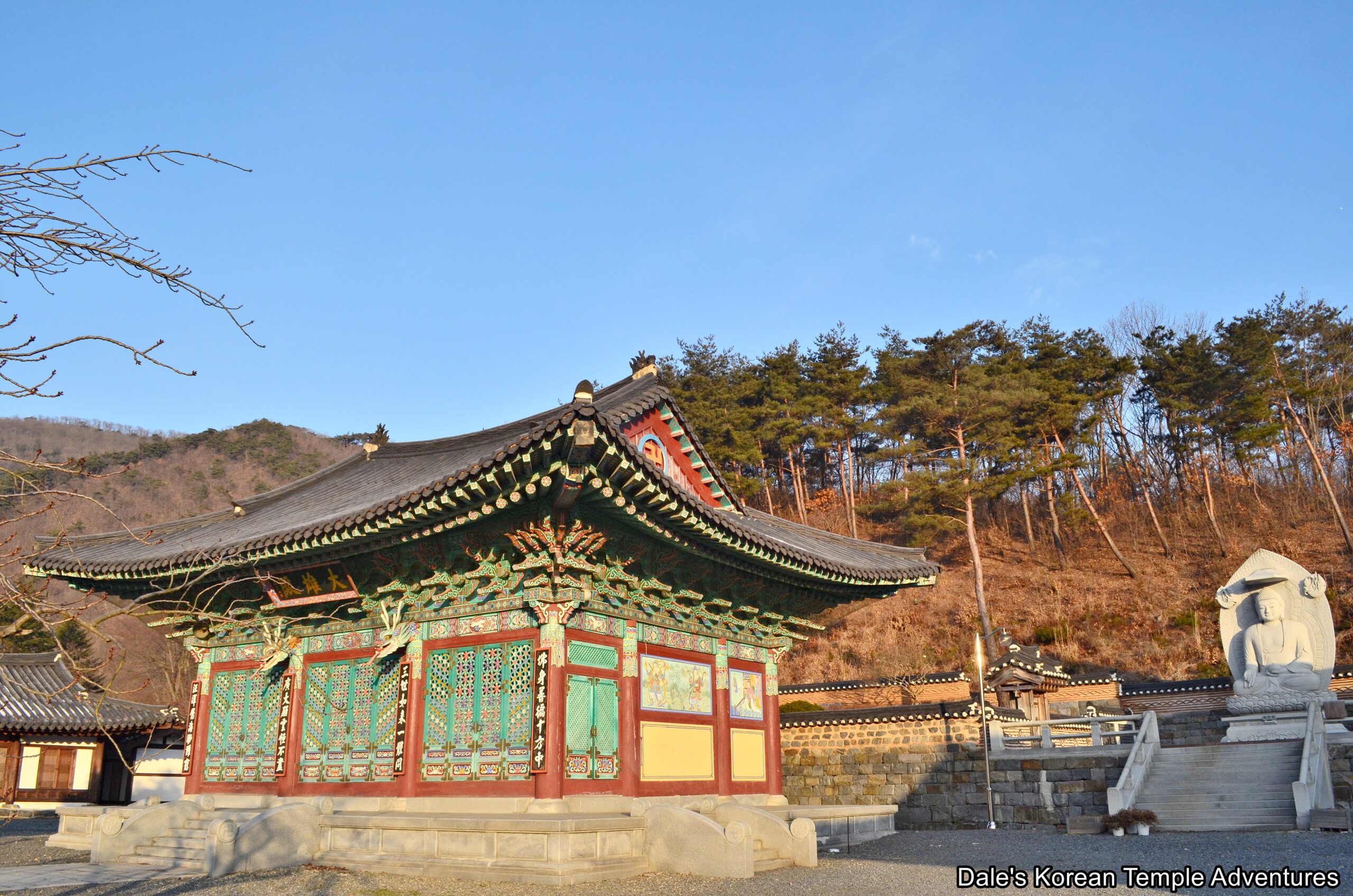
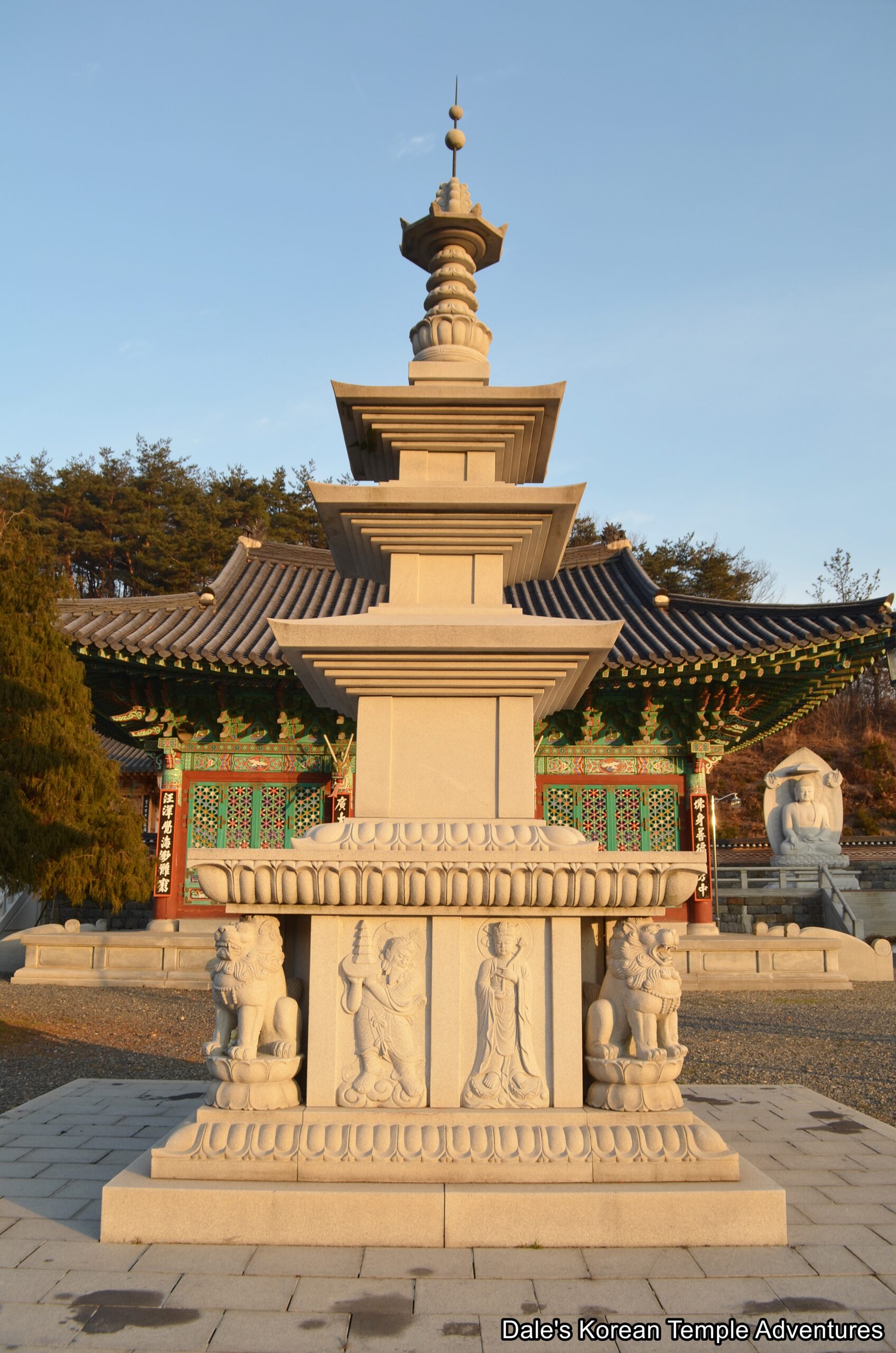
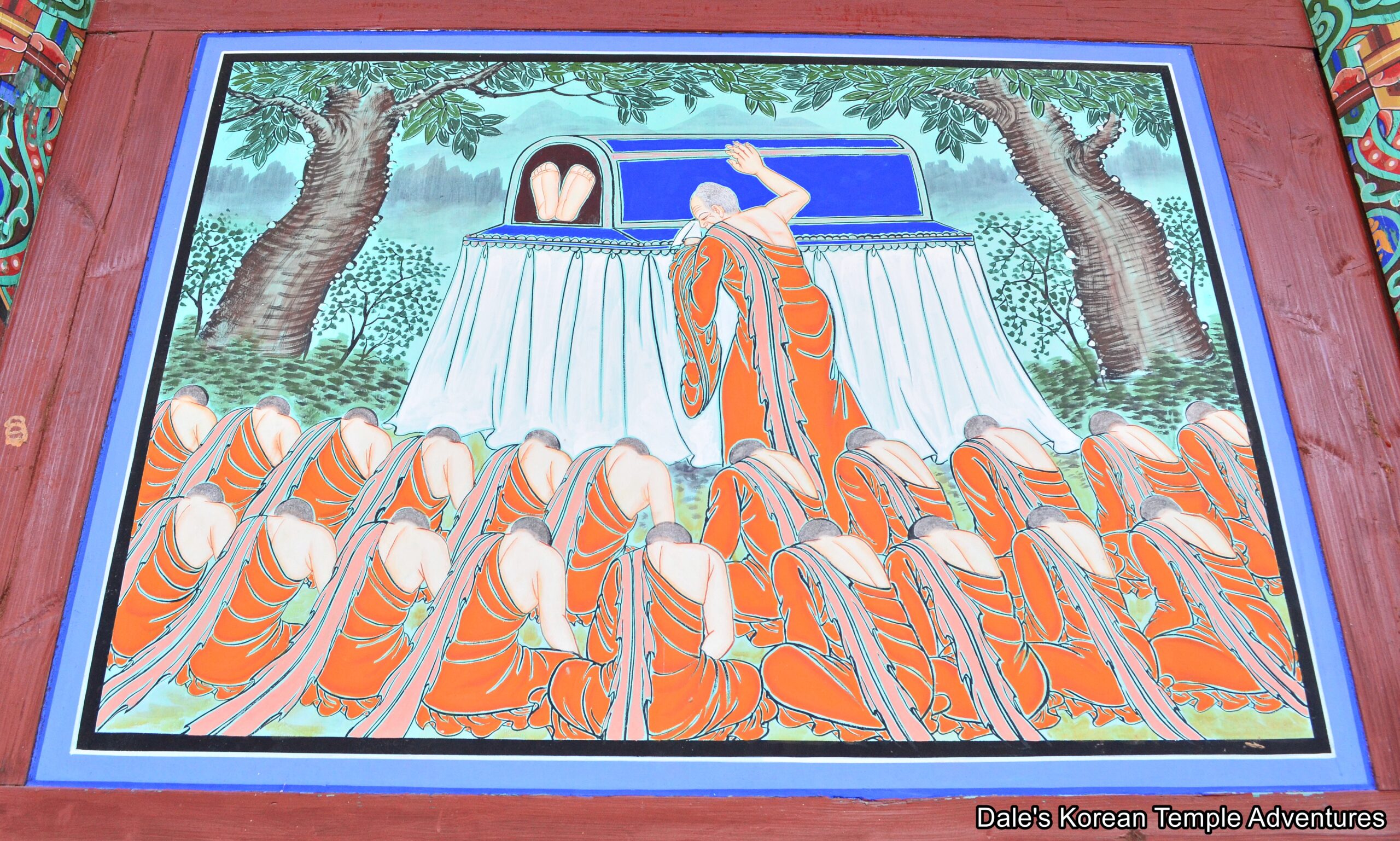
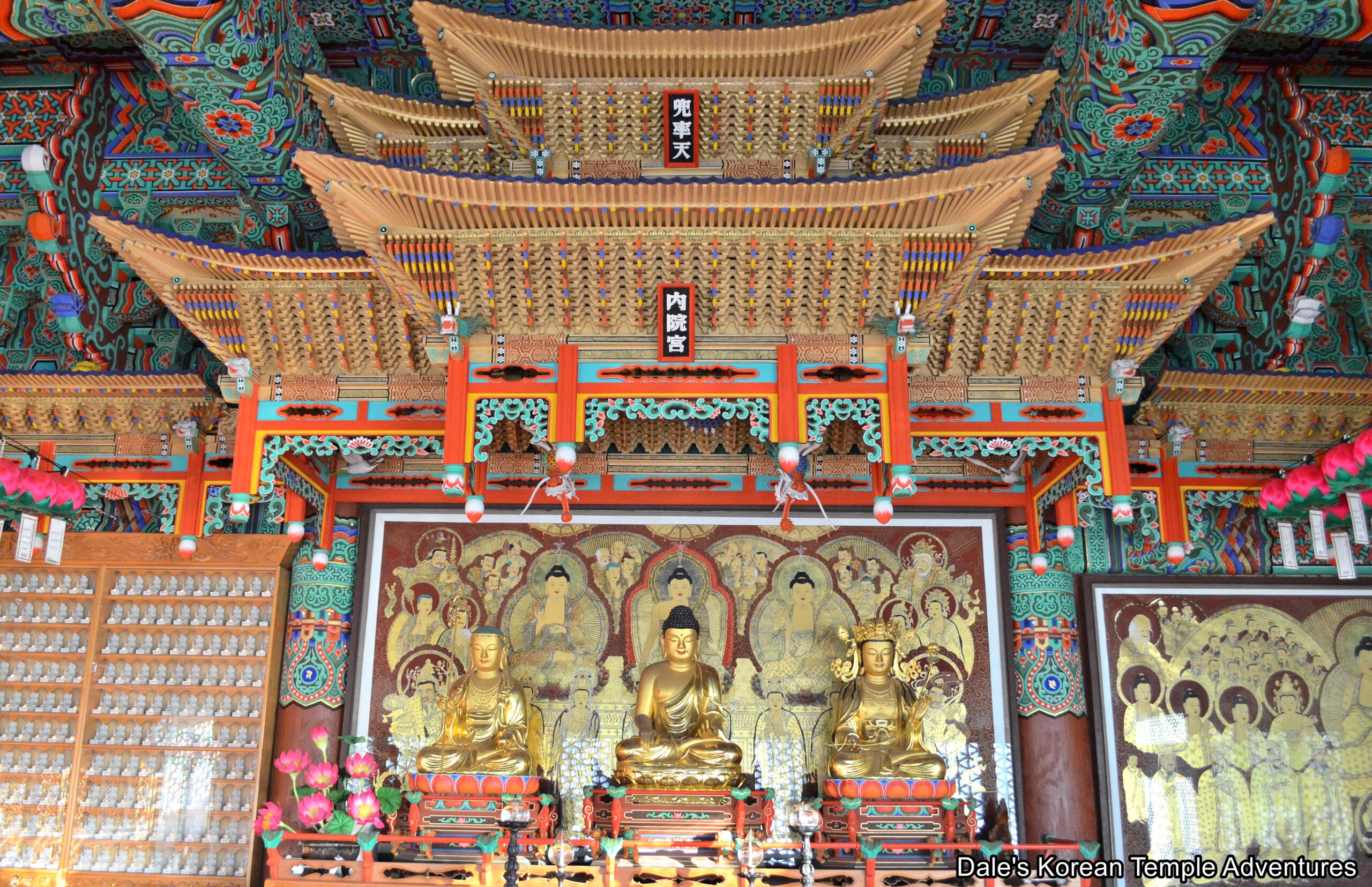

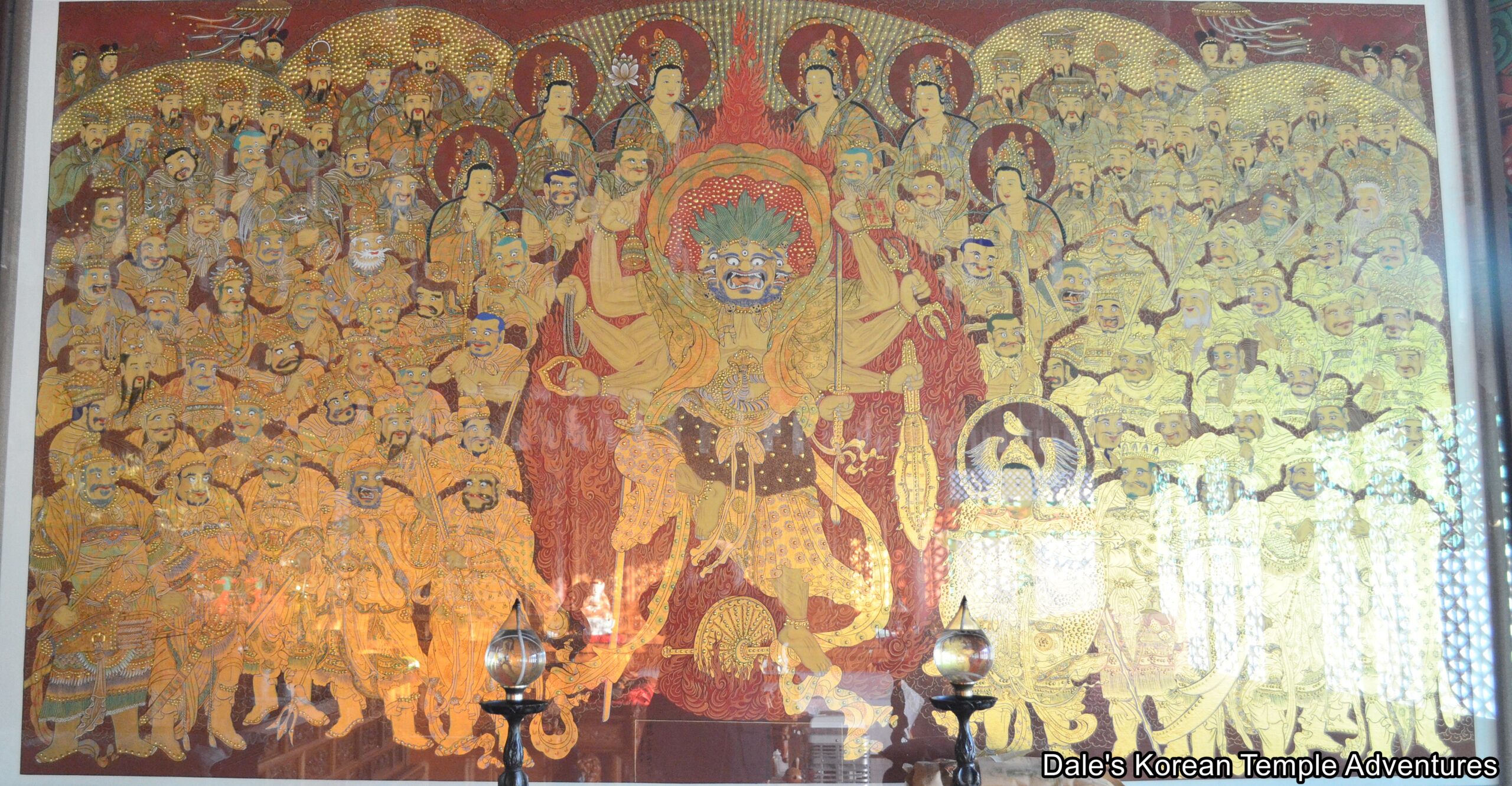
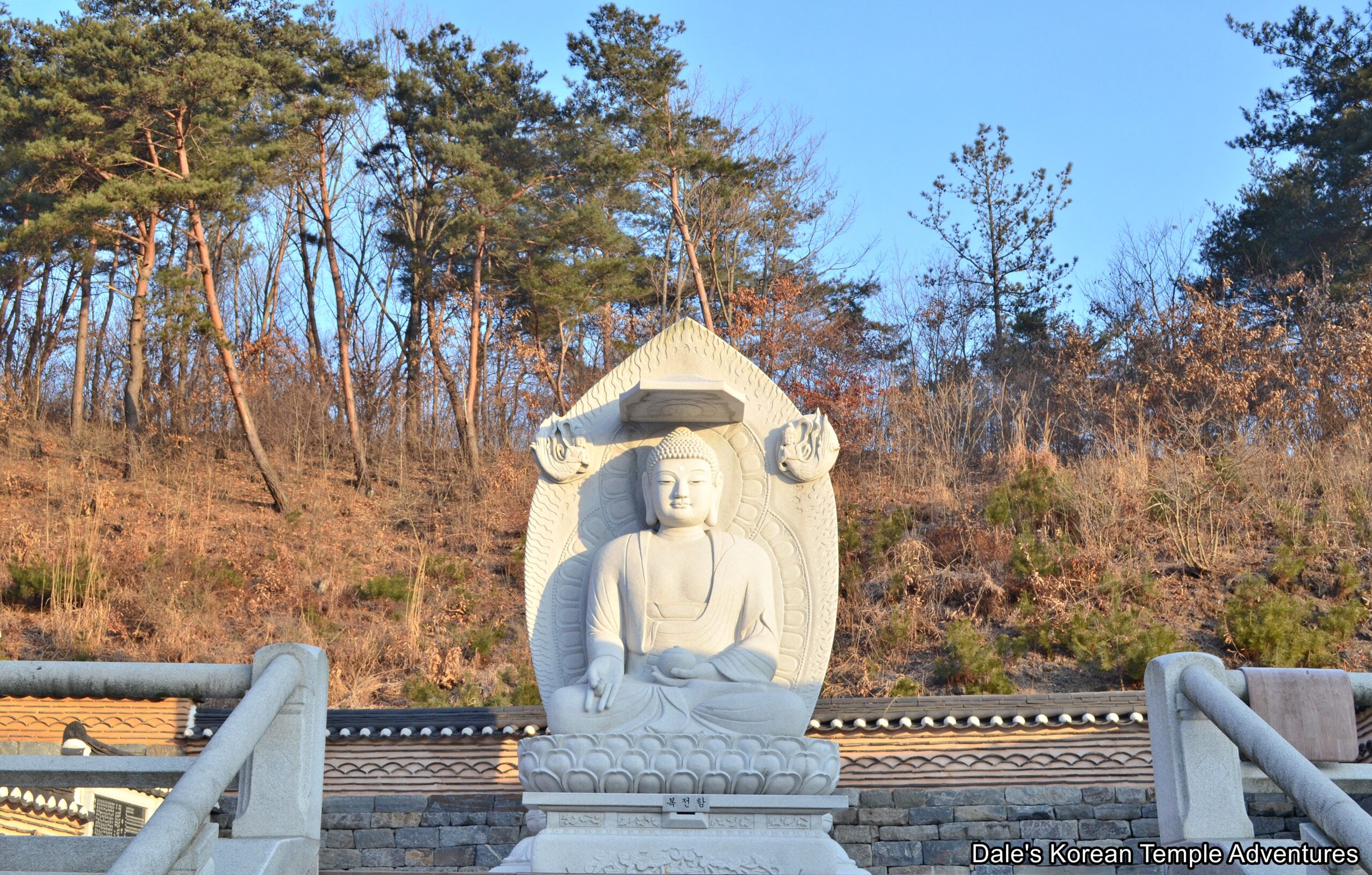
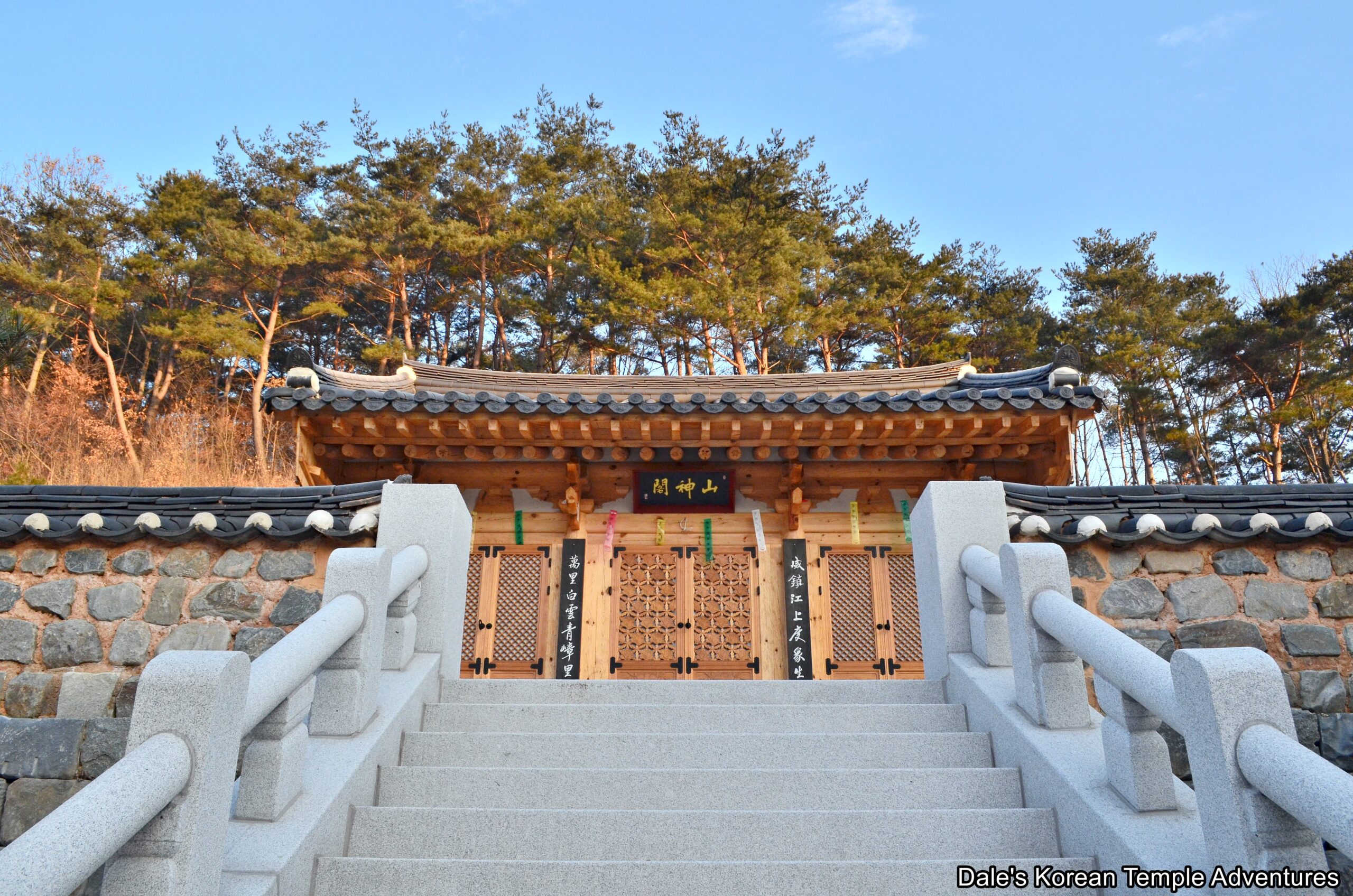
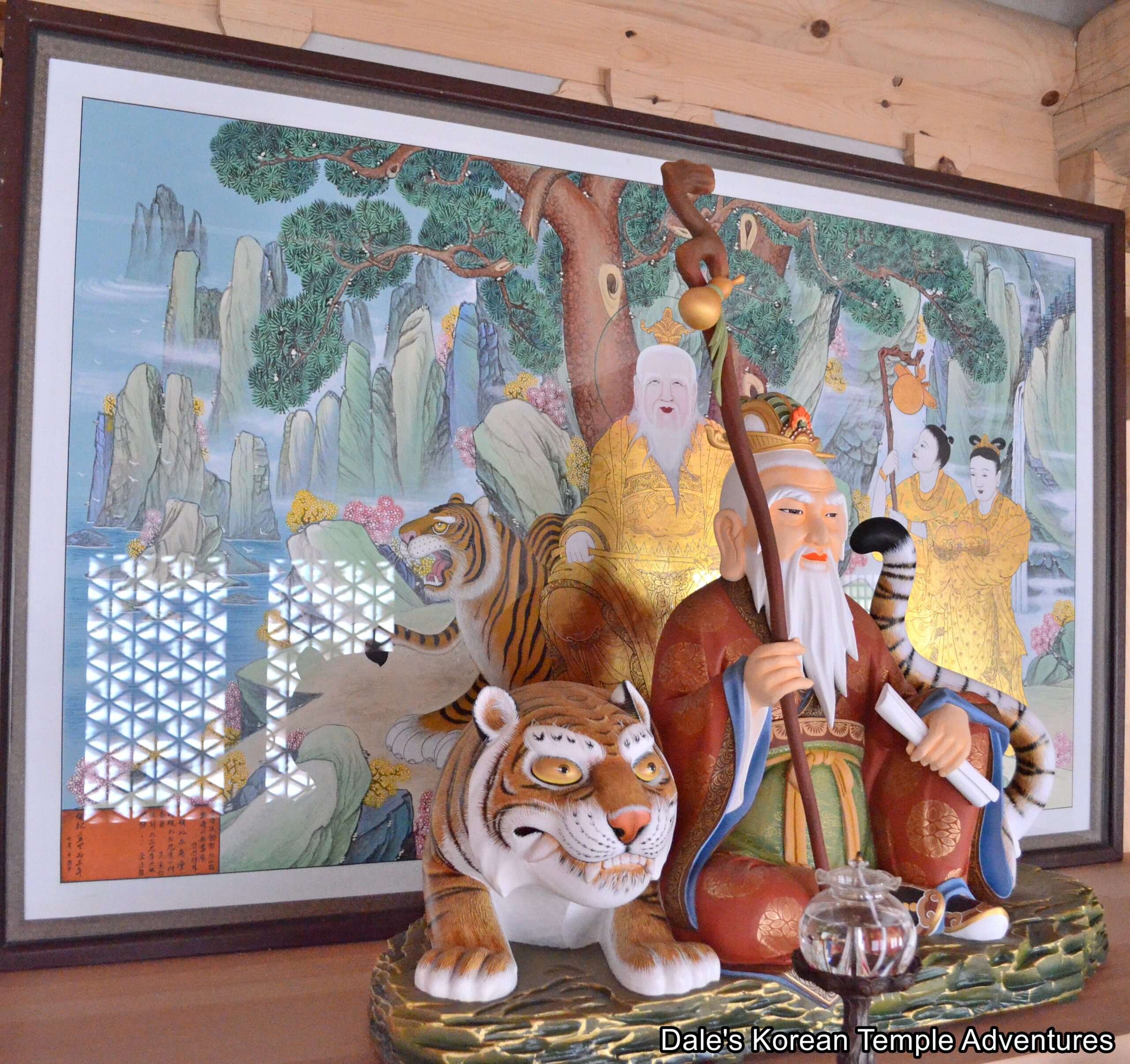
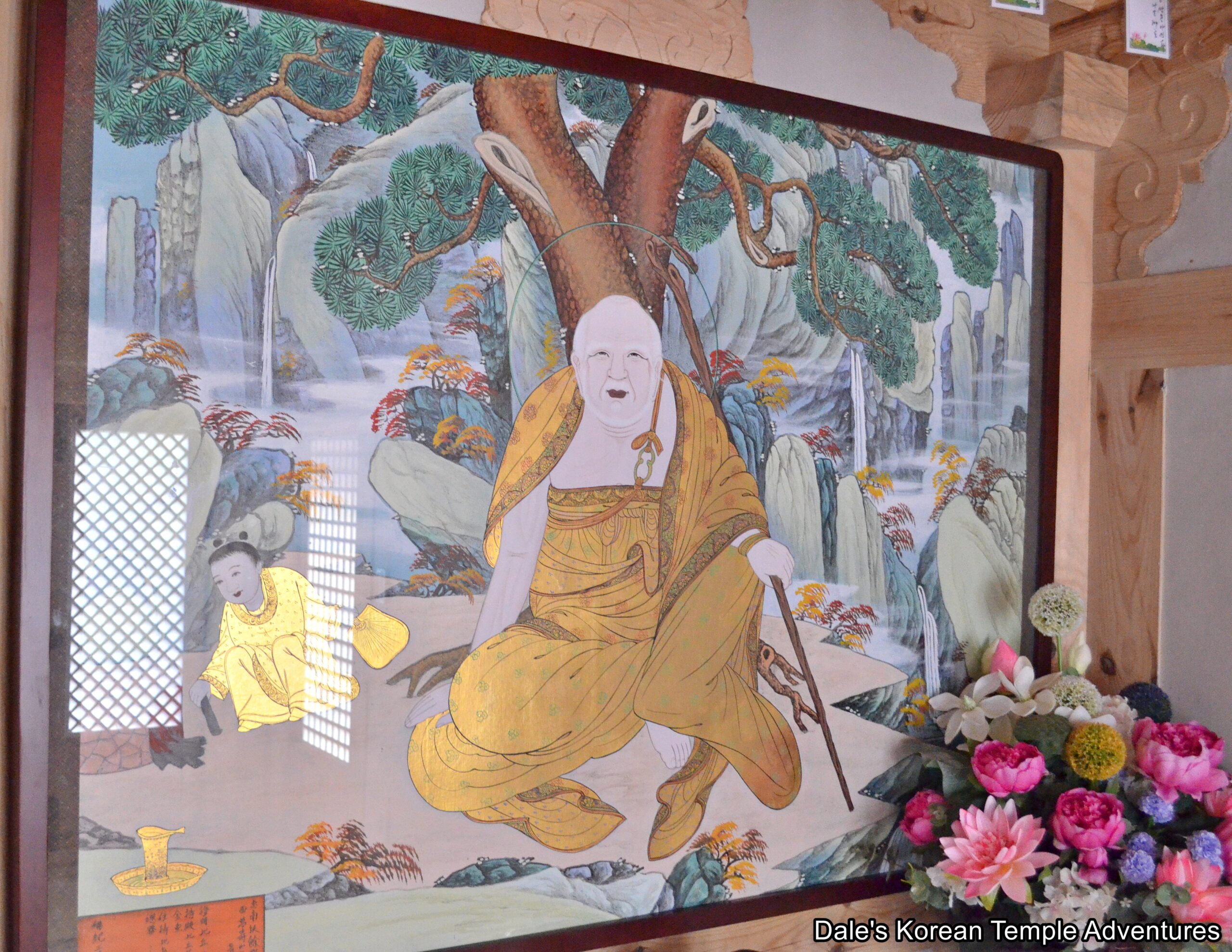
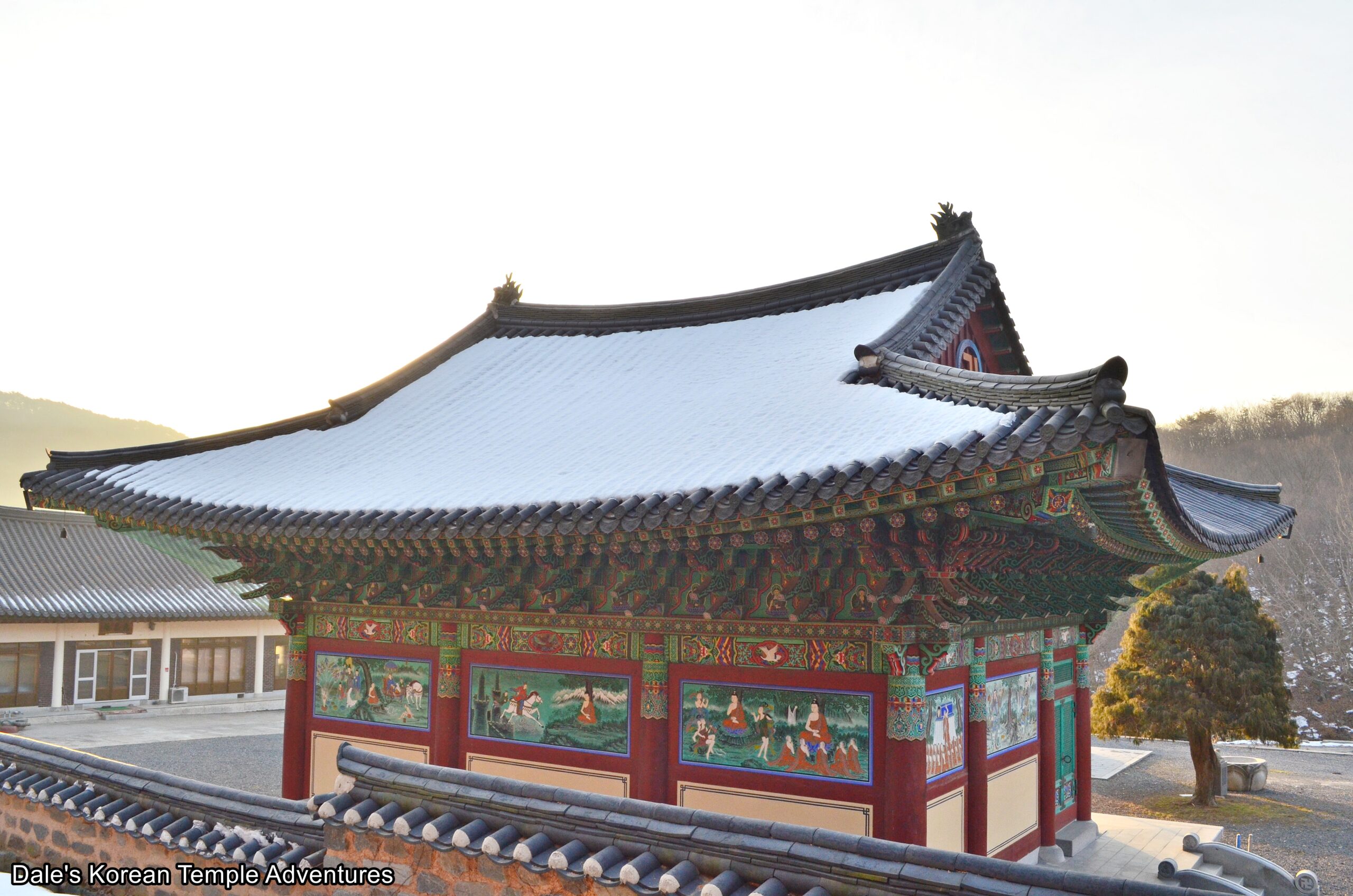


Recent comments